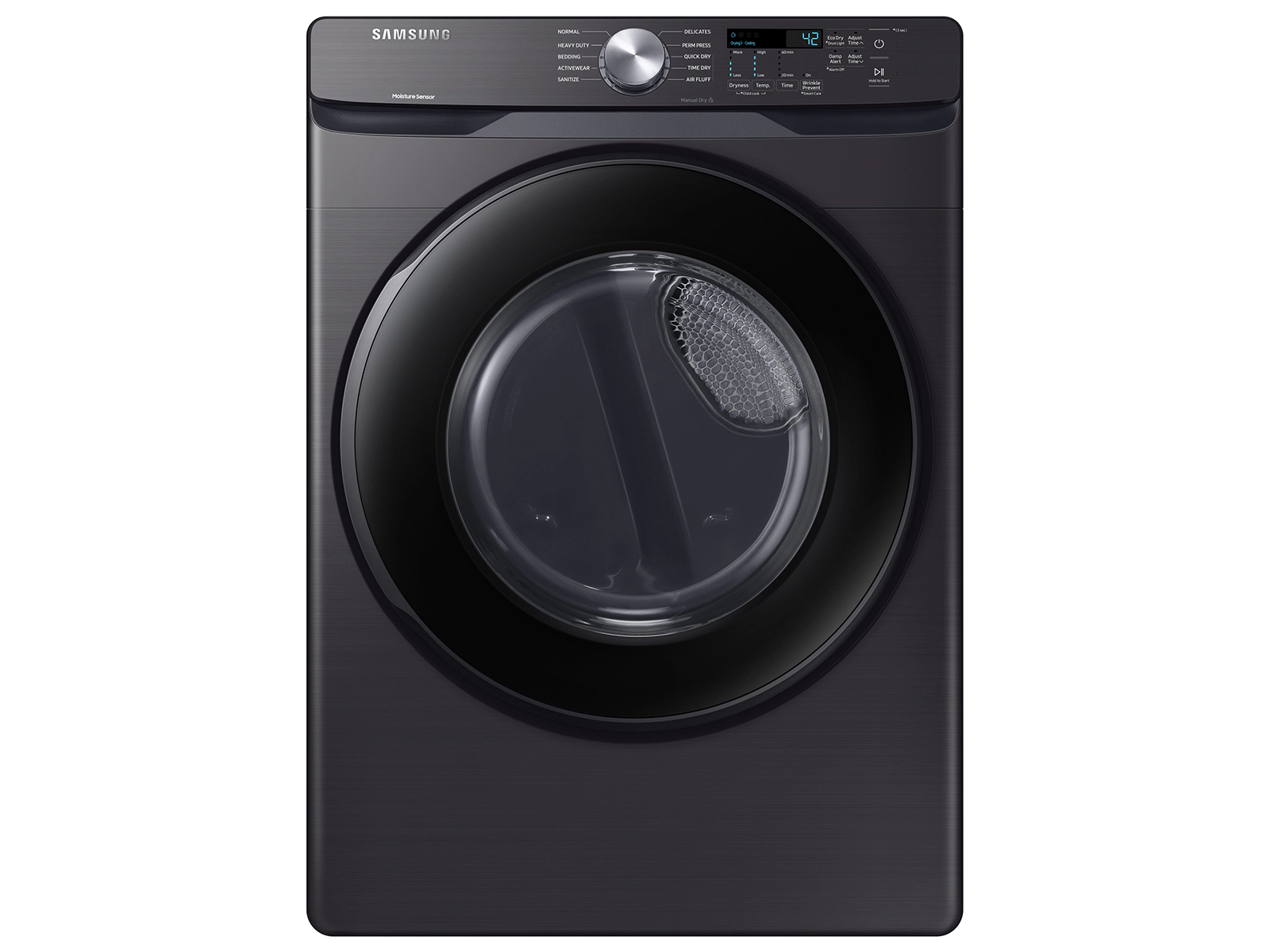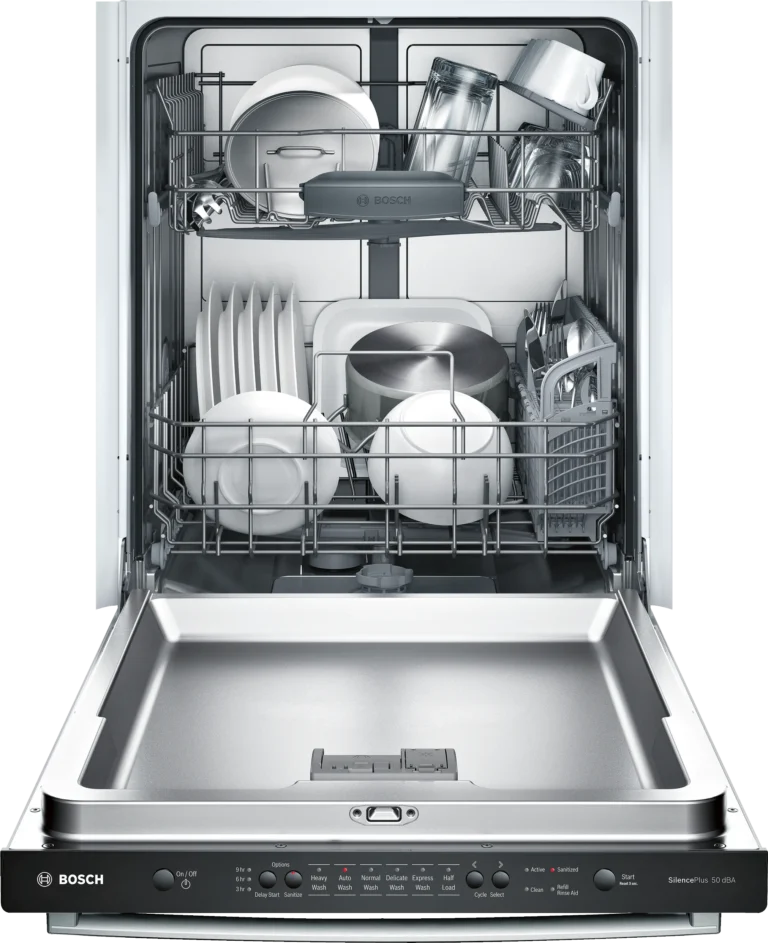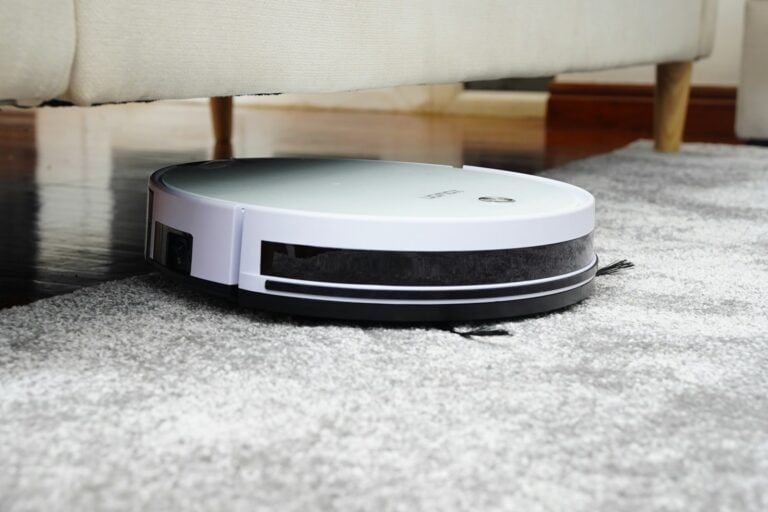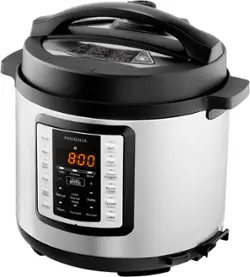
A slow-drying dryer can disrupt your laundry routine and increase energy costs. Many homeowners face this frustrating issue, which often has simple solutions. The most common causes of a dryer taking too long to dry clothes are a clogged lint filter, blocked dryer vents, or an overloaded drum.
Clogged lint filters and dirty vents restrict airflow, forcing the dryer to work harder and longer. Regular cleaning of these components can significantly improve drying efficiency. Overloading the dryer also extends drying time, as clothes need space to tumble freely for effective heat circulation.
Other factors that may contribute to extended drying times include a faulty heating element, worn drum seals, or using incorrect dryer settings. Addressing these issues can restore your dryer’s performance and reduce energy consumption.
1. Clogged Lint Filter
Cause: A dirty lint screen restricts airflow, making it harder for your dryer to push out moist air.
Quick Solution:
- Remove the lint filter and clean it after every load.
- Wash it with warm, soapy water monthly to remove fabric softener or dryer sheet buildup.
2. Blocked Dryer Vent or Exhaust Duct
Cause: Lint buildup in the vent hose or wall duct prevents hot, moist air from escaping. This is the #1 reason dryers take too long (source: Dryer Vent Wizard).
Quick Solution:
- Disconnect the vent hose and check for lint clogs.
- Use a vent brush or vacuum to clean the duct all the way to the outside.
- Ensure the outside vent flap opens freely.
3. Overloaded Dryer
Cause: Stuffing too many clothes in at once prevents proper tumbling and airflow.
Quick Solution:
- Dry smaller loads.
- Separate heavy fabrics (like towels) from lighter ones for faster drying.
4. Dirty Moisture Sensor
Cause: Many modern dryers use moisture sensors to detect when clothes are dry. Residue from fabric softener sheets can coat the sensors and cause inaccurate readings.
Quick Solution:
- Locate the moisture sensor (usually inside the drum near the lint filter).
- Clean it gently with a soft cloth and rubbing alcohol.
5. Heating Element or Gas Igniter Issues
Cause: If the dryer isn’t producing enough heat, clothes will tumble endlessly without drying.
Quick Solution:
- Run the dryer and check if it’s producing heat.
- For electric dryers: the heating element may need replacement.
- For gas dryers: a faulty igniter or gas valve coil may be the problem. (Professional service may be required.)
6. Poor Ventilation in Laundry Room
Cause: If the dryer is in a tight or enclosed space, humid air can linger and slow drying.
Quick Solution:
- Ensure the area around the dryer is well-ventilated.
- Leave the laundry room door open during use if possible.
7. Old or Worn-Out Dryer
Cause: Over time, dryers lose efficiency due to wear on components like belts, motors, and sensors.
Quick Solution:
- If your dryer is over 10 years old and repairs keep piling up, replacing it may be more cost-effective.
Preventive Maintenance Tips
- Clean the lint filter after every load.
- Deep-clean the vent system at least once a year.
- Avoid overloading the dryer.
- Use dryer balls to improve airflow and reduce drying time.
✅ In summary: Most dryers that take too long to dry suffer from airflow blockages or maintenance issues. Start with the lint filter and vent, then move on to sensors and heating components if needed. Regular cleaning and proper loading can keep your dryer running efficiently for years.
Key Takeaways
- Clean lint filters and vents regularly to maintain optimal airflow
- Avoid overloading the dryer to ensure proper tumbling and heat circulation
- Check for faulty components and use appropriate settings for efficient drying
Identifying Common Dryer Issues
A dryer that takes forever to finish a load isn’t just inconvenient—it can also raise energy bills and wear out your clothes. Fortunately, many of the common causes are easy to identify and fix without calling a repair technician.
Dryers can experience several problems that lead to longer drying times. These issues often stem from clogged components, faulty parts, or airflow restrictions. Recognizing these problems early can help prevent further damage and ensure efficient dryer operation.
Clogged Lint Filter and Vent Issues
A clogged lint filter is a frequent cause of slow drying. Lint accumulates on the screen, blocking warm air circulation. This forces the dryer to run longer, increasing energy usage and drying time. Users should clean the lint filter before each load to maintain optimal performance.
Dryer vents can also become clogged with lint and debris over time. This restricts airflow, making it difficult for moist air to escape. Signs of a clogged vent include:
- Clothes remain damp after a full cycle
- Excessive heat on the dryer’s exterior
- Burning smell during operation
- Lint around the dryer hose or outside vent opening
Regular vent cleaning, ideally once a year, can prevent these issues and improve dryer efficiency.
Faulty Heating Element
A malfunctioning heating element can significantly impact drying time. In electric dryers, this component generates the heat necessary to dry clothes. When it fails, the dryer may run but produce little or no heat.
To check for a faulty heating element:
- Unplug the dryer
- Locate the heating element (usually behind the front panel or at the back)
- Use a multimeter to test for continuity
If there’s no continuity, the heating element needs replacement. This task often requires professional appliance repair services.
Problems with Airflow
Proper airflow is crucial for efficient drying. Issues with airflow can stem from various sources:
- Damaged or obstructed exhaust ducts
- Kinked or crushed dryer hoses
- Faulty blower wheel
A damaged blower wheel may make unusual noises or fail to spin properly. This component circulates hot air through the dryer drum. If it’s not working correctly, clothes will take longer to dry.
Electrical Concerns
Electrical problems can also cause dryers to underperform. These issues may include:
- Tripped circuit breakers
- Faulty power cords
- Malfunctioning thermostats or sensors
For gas dryers, problems with the igniter or gas valve can prevent proper heating. If a gas dryer isn’t producing heat, it’s best to consult a professional due to safety concerns.
Regular maintenance and prompt attention to these common issues can help keep dryers running efficiently, reducing drying times and energy costs.
Operational Best Practices
Optimizing dryer performance requires attention to load management, proper use of fabric softeners, and routine maintenance. These practices can significantly reduce drying times and improve energy efficiency.
Load Management
Proper load management is crucial for efficient drying. Overloading the dryer forces it to work harder and longer. Sort laundry by fabric weight and type. Lightweight items dry faster than heavy ones.
Ideal load size is about 2/3 of the drum capacity. This allows clothes to tumble freely. Separate towels and heavy fabrics from lighter items. Drying similar fabrics together ensures even drying times.
Shake out clothes before loading. This reduces wrinkles and prevents tangling. Remove items as they dry to speed up the process for remaining clothes.
Proper Use of Fabric Softeners
Fabric softeners can impact drying efficiency. Use them sparingly to avoid buildup on the lint screen. This buildup can reduce airflow and increase drying times.
Liquid softeners are best added during the rinse cycle of the wash. Dryer sheets should be used only with appropriate fabrics. They can leave residue on moisture sensors, affecting drying accuracy.
Consider alternatives like wool dryer balls. These natural options reduce static and soften clothes without chemical residue. They also help separate clothes, improving air circulation.
Routine Maintenance Tips
Regular maintenance keeps the dryer running efficiently. Clean the lint screen before each use. A clogged lint screen can extend drying times by up to 30%.
Check the door seal for wear or damage. A faulty seal lets hot air escape, increasing drying times. Replace if necessary.
Inspect and clean the dryer vent annually. Blocked vents restrict airflow, leading to longer dry times and potential fire hazards. Use a vent brush or hire a professional for thorough cleaning.
Wipe down the dryer drum monthly to remove residue. This prevents transfer to clothes and maintains efficient heat distribution.
Addressing Dryer Inefficiencies
Resolving dryer inefficiencies can significantly reduce drying times and energy consumption. Proper maintenance and troubleshooting techniques help prevent potential safety hazards and extend the appliance’s lifespan.
Damp Clothes Solutions
Overloading the dryer is a common cause of damp clothes. Reducing load size allows better air circulation and faster drying. Sorting laundry by fabric type and weight ensures even drying. Heavy items like towels should be dried separately from lighter garments.
Cleaning the lint filter before each use improves airflow and drying efficiency. A clogged filter can increase drying time by up to 30%. Regularly inspecting and cleaning the dryer vent helps maintain optimal performance. A professional vent cleaning service is recommended annually.
Checking the dryer’s moisture sensor ensures it accurately detects when clothes are dry. Wiping the sensor with a soft cloth and vinegar solution can remove buildup that affects its function.
Safety and Prevention Measures
Regular maintenance prevents dryer-related house fires. Cleaning lint traps and vents reduces fire risk and improves efficiency. Avoid leaving the dryer running unattended or overnight.
Installing a thermal fuse adds an extra layer of protection. This safety device cuts power if the dryer overheats. Replace faulty thermal fuses promptly to maintain this safety feature.
Proper ventilation is crucial for dryer safety and efficiency. Ensure the vent hose is not kinked or crushed. Replace plastic or foil vent hoses with metal ones for improved durability and fire resistance.
Scheduling annual professional inspections helps identify potential issues before they become serious problems. This proactive approach can prevent unexpected breakdowns and reduce long-term repair costs.
When to Seek Professional Help
Professional dryer repair becomes necessary in certain situations. If the machine still takes too long to dry after basic troubleshooting, it’s time to call an expert.
Persistent issues with heating elements often require professional attention. A qualified technician can diagnose and replace faulty components safely and effectively.
Electrical problems pose safety risks. Strange noises, burning smells, or visible sparks indicate the need for immediate professional intervention.
Complex mechanical failures may be beyond DIY solutions. Issues with drum rotation, belt tension, or motor function typically require specialized knowledge and tools.
Consider professional help for:
- Unexplained high energy bills
- Repeated cycle interruptions
- Failure to start or stop properly
- Excessive vibration or movement
Regular maintenance by a professional can prevent many common dryer problems. Scheduling annual inspections helps identify potential issues before they become major repairs.
Attempting complex repairs without proper expertise can lead to further damage or safety hazards. Professional appliance repair technicians have the skills and equipment to handle intricate dryer mechanisms safely.
Many manufacturers recommend professional servicing to maintain warranty coverage. Always check warranty terms before attempting repairs to avoid voiding protection.
Frequently Asked Questions
Dryer performance issues can stem from various factors. Understanding common problems and solutions helps maintain efficient drying cycles.
What could be the cause of a dryer not drying clothes efficiently?
A clogged lint filter often causes inefficient drying. Lint buildup restricts airflow, forcing the dryer to work harder. Regular cleaning of the lint screen after each use improves performance.
Dirty dryer vents also contribute to poor drying. Blocked vents trap moisture and heat, extending drying times. Professional vent cleaning annually ensures optimal airflow.
Are longer drying times indicative of an issue with my electric dryer?
Extended drying times may signal problems with electric dryers. A faulty heating element can lead to insufficient heat generation. Testing the heating element with a multimeter helps identify this issue.
Thermostat malfunctions can also cause longer cycles. A broken thermostat fails to regulate temperature properly. Replacing faulty components restores normal operation.
What steps can I take to troubleshoot a dryer that is heating but taking longer than expected to dry clothing?
Check the dryer’s load size. Overloading prevents proper air circulation. Reducing load size allows for more efficient drying.
Examine the moisture sensor if present. Dirty sensors misread clothing dampness. Cleaning the sensor with rubbing alcohol can improve accuracy.
What are common problems in dryers that lead to extended drying cycles?
A damaged drum seal allows hot air to escape. This reduces drying efficiency. Inspecting and replacing worn seals helps maintain proper heat retention.
Kinked or crushed exhaust hoses restrict airflow. Straightening or replacing damaged hoses improves venting and reduces drying times.
Could using multiple drying cycles be damaging my dryer or is it a common issue?
Multiple drying cycles do not typically damage dryers. However, they indicate inefficiency. Frequent rewashing may result from improper sorting or overloading.
Using appropriate heat settings for fabric types prevents the need for extra cycles. Separating heavy and light fabrics ensures even drying.
What maintenance procedures should be performed to prevent long drying times in condenser tumble dryers?
Regular cleaning of the condenser unit is crucial. Lint and debris accumulation reduces efficiency. Rinsing the condenser with water every few months maintains performance.
Emptying the water container after each use prevents overflow. A full container can lead to longer drying times and potential water damage.






